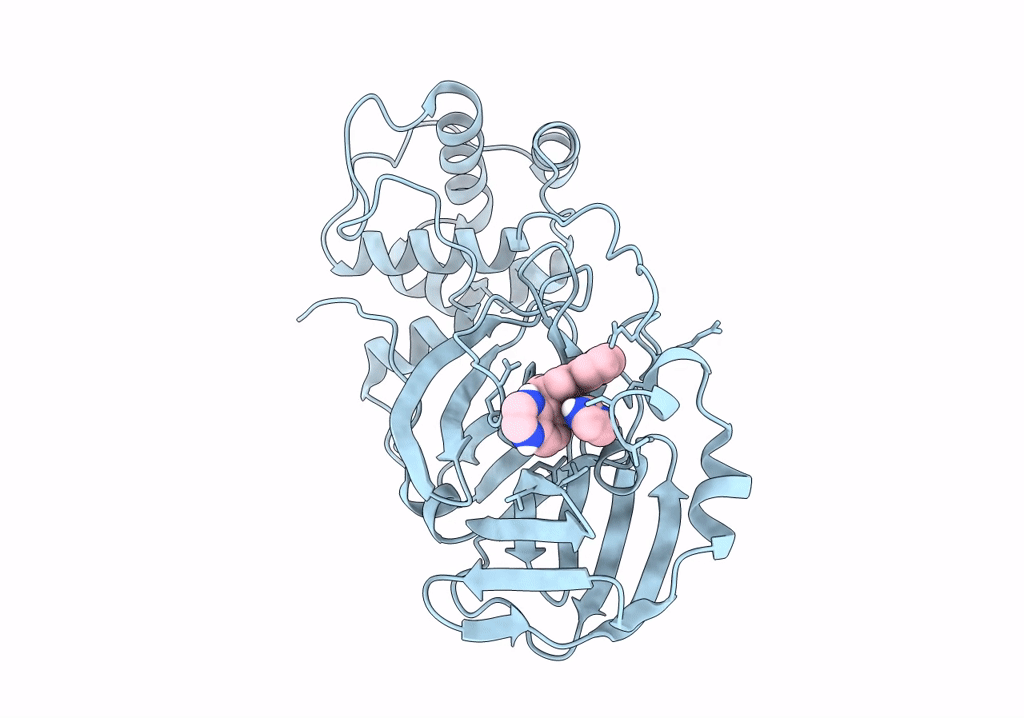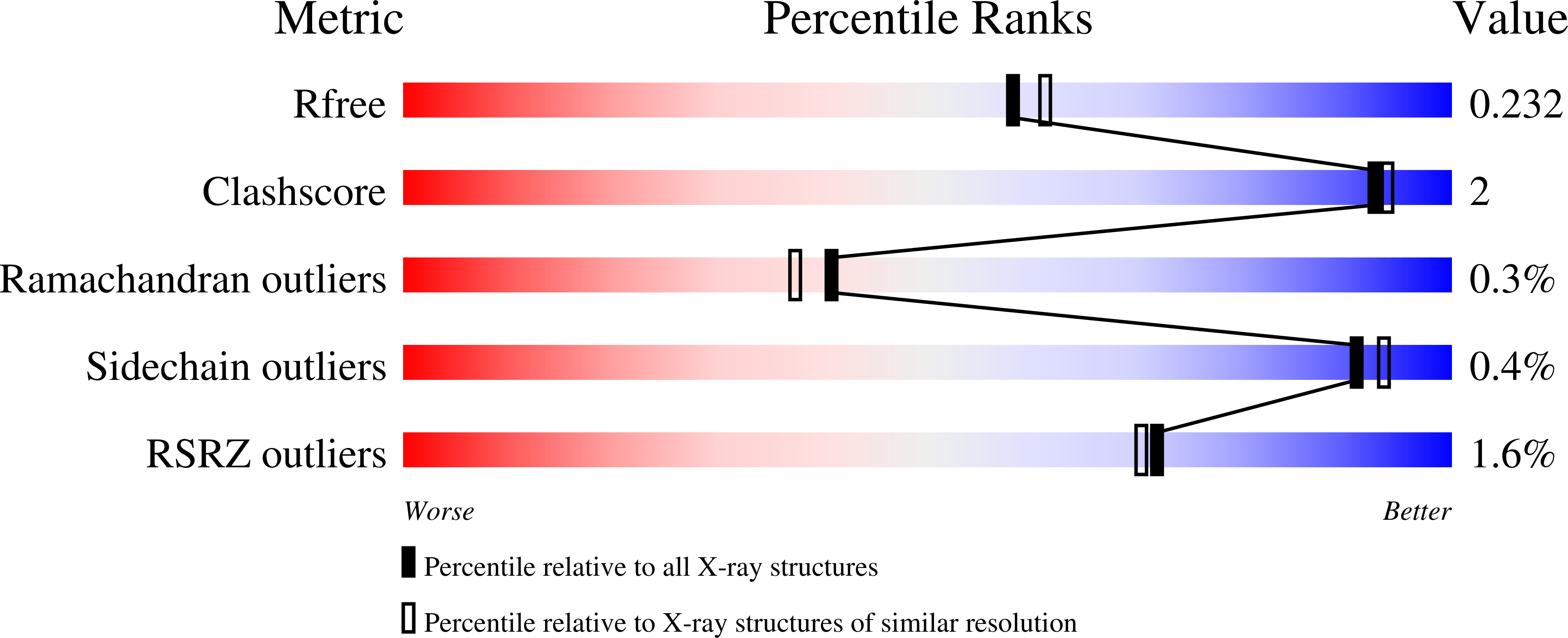
Deposition Date
2023-04-18
Release Date
2023-06-07
Last Version Date
2024-11-06
Entry Detail
PDB ID:
8SK4
Keywords:
Title:
Co-structure of SARS-CoV-2 (COVID-19 with covalent pyrazoline based inhibitors)
Biological Source:
Source Organism:
Method Details:
Experimental Method:
Resolution:
2.00 Å
R-Value Free:
0.23
R-Value Work:
0.19
R-Value Observed:
0.19
Space Group:
C 1 2 1


